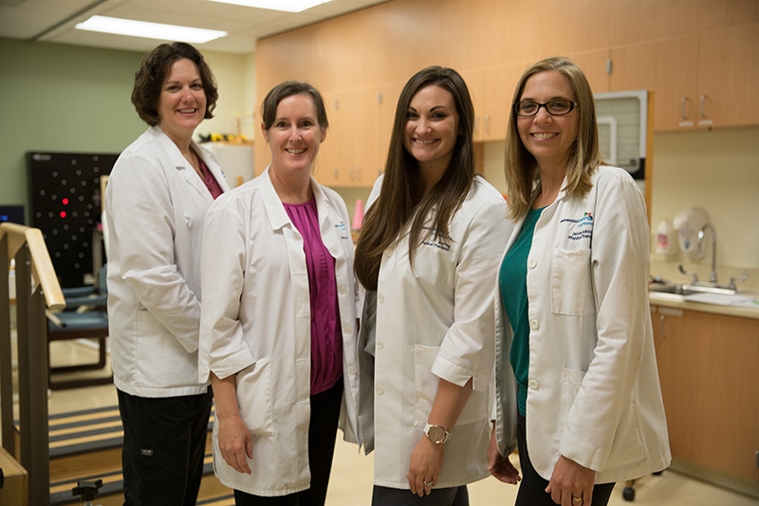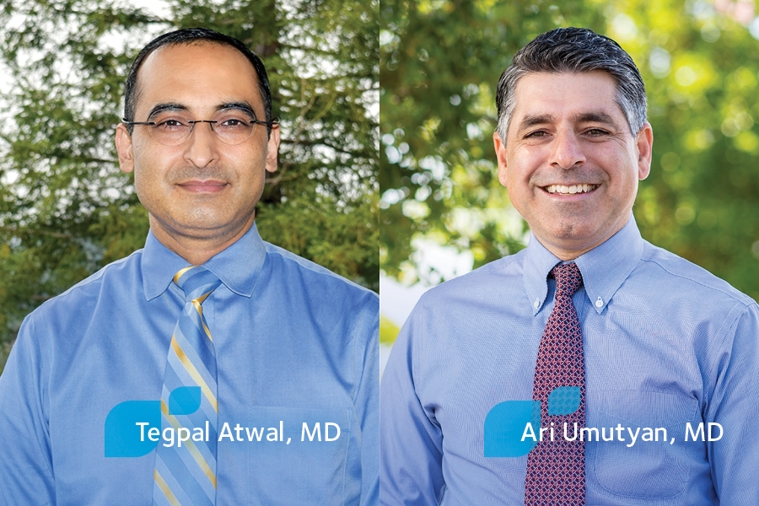Overcoming “Bad” Genes
Jun 24, 2022

Did you know that genes can be turned on or off? Many of us watch multiple members of the same family suffer from diabetes, high blood pressure or thyroid problems—even heart attacks, strokes and cancer. Are we doomed by our genes? Fortunately, the answer is no, or at least not completely. The field of epigenetics gives an explanation why families seem to have similar medical problems and hope that we can turn off “bad genes”.
When we are born, we inherit the good, bad and ugly components of genetic information from our parents. As we learn more about the DNA, we know now that it is not as simple as whether you have a particular gene. We have complex systems—known as epigenetics—that determine which genes are used or ignored. Epigenetics are inherited when we are born, though they can be changed over time with environment, stressors and lifestyle (for good or bad).
whether you have a particular gene. We have complex systems—known as epigenetics—that determine which genes are used or ignored. Epigenetics are inherited when we are born, though they can be changed over time with environment, stressors and lifestyle (for good or bad).
To simplify a complex process, our genes are rolled up and unrolled to carefully select genes as our cells duplicate themselves and perform essential functions. The process is affected by a host of proteins, carbohydrates and chemical reactions that point to the parts of DNA needed for our body to work. Once we choose the information needed, RNA acts as a blueprint for our cellular machinery to make proteins, which have a multitude of downstream actions. Some of those genes increase the risk of developing cancer, diabetes or heart disease, while others decrease the risk of those same problems.
As an example, smoking turns on a gene called Aryl hydrocarbon receptor repressor (AHRR), which drops the ability of the lung to protect itself from pollutants and smoke. Risk of lung cancer and death from lung cancer is higher when the AHRR gene is turned on. We can turn it off by quitting smoking, which is a partial explanation of why former smokers see significant drops in future cancer risk than current smokers. Another example is that a bad night of sleep changes a gene in the brain that has downstream effects of increasing insulin resistance, which is the underlying problem with diabetes.
We can’t choose our parents and the genes they pass along or our environment, but we can make the choice toward healthy behaviors to turn on disease preventing genes and turn off disease promoting genes. Here are a few things you can do:
- Shift toward a diet of primarily whole plant foods such as vegetables, beans, fruits, whole greens, nuts, seeds, mushrooms, herbs and spices
- Move towards regular physical activity as a part of your daily routine with structured exercise
- Get 7-8 hours of sleep (for adults) and develop healthy habits around sleep
- Build positive social and spiritual connection
- Reduce and eliminating risky substances such as tobacco, alcohol and processed meats
Epigenetics gives a window into why lifestyle change can be highly effective in a short time span. In your own journey toward health, effort that you put in to make healthy choices can be multiplied through epigenetics to prevent, treat and even reverse chronic diseases.
Jeremy Clay, MD, MPH, DipABLM is a board-certified family medicine specializing in preventive and lifestyle medicine.


